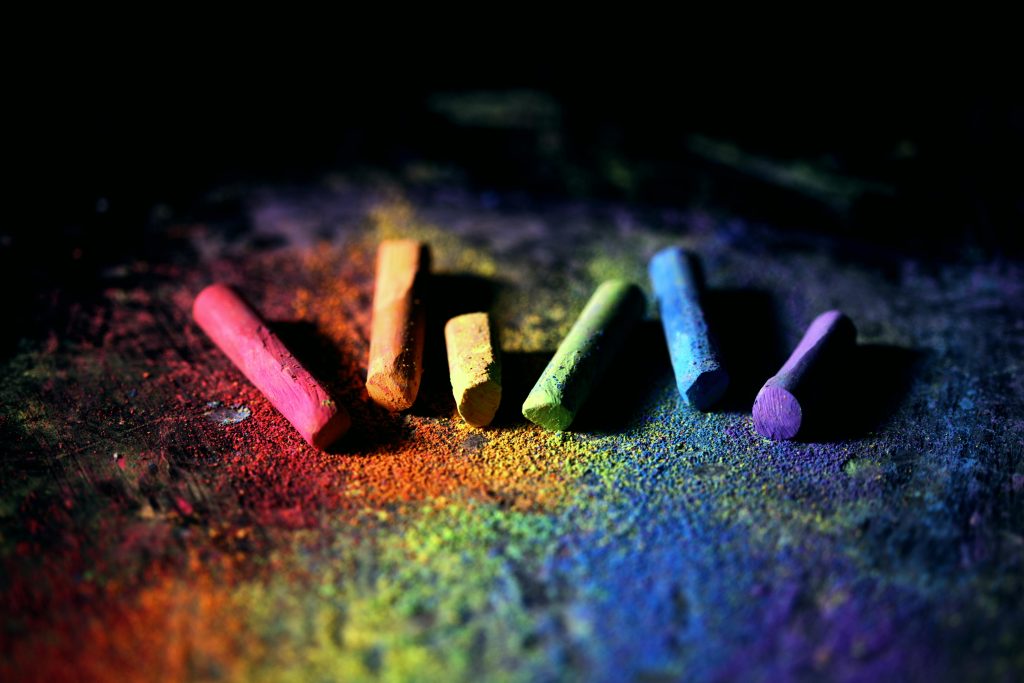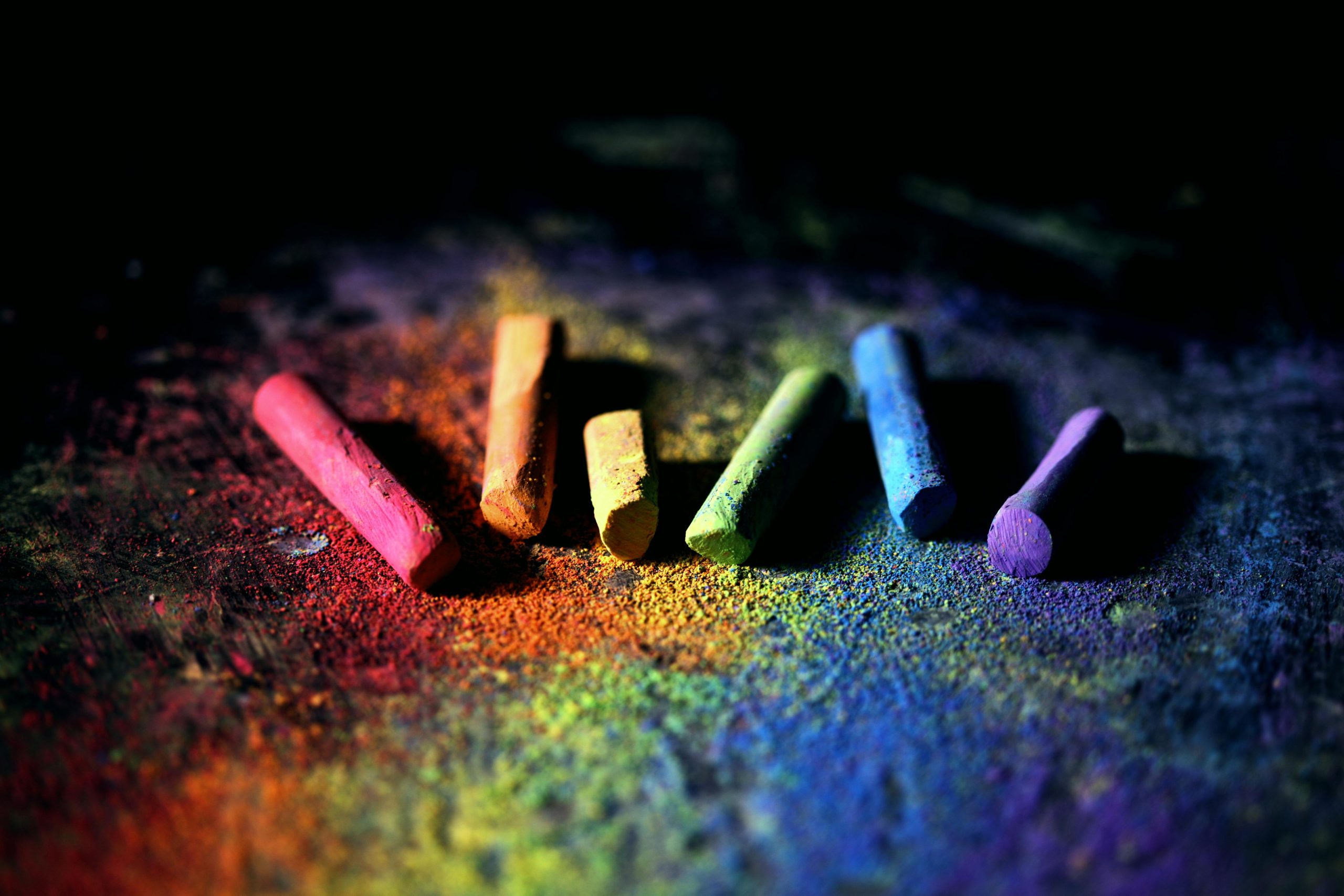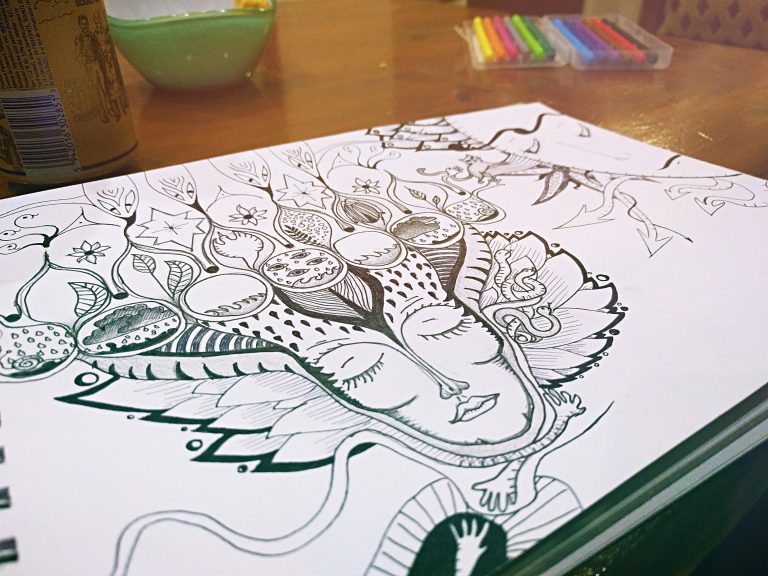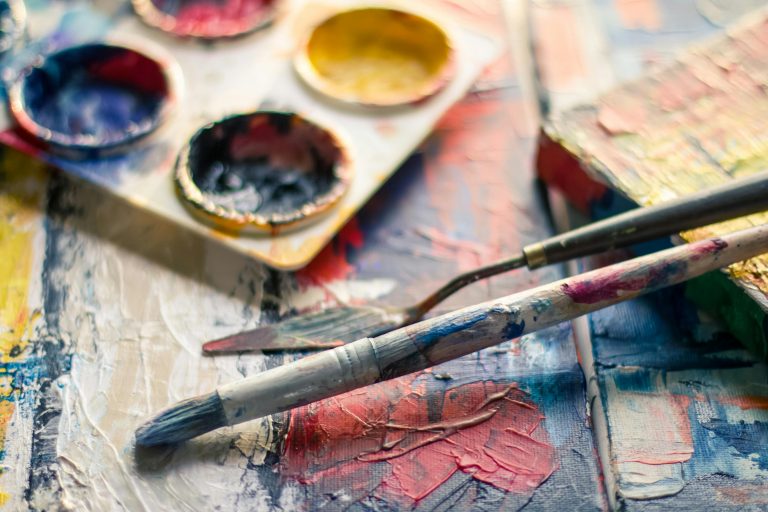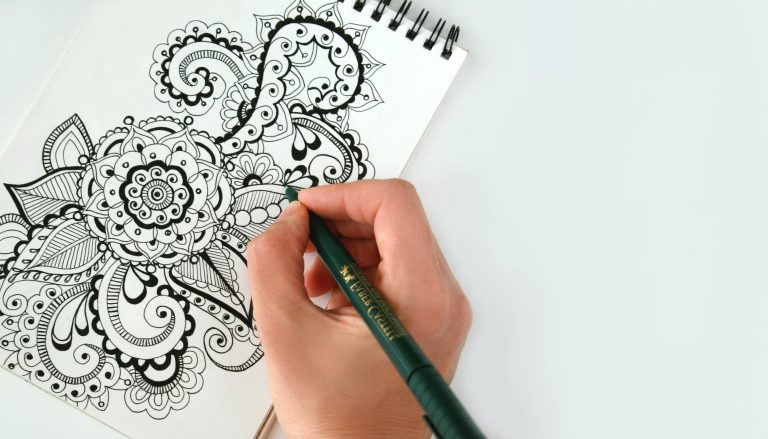Coloring and Emotional Regulation: How Creative Expression Helps You Stay Grounded
Coloring isn’t just fun—it’s a powerful emotional tool. Whether you’re overwhelmed, restless, or emotionally numb, coloring can gently guide you back to balance. It gives you a way to release, reflect, and regulate without needing to explain how you feel. For many, it’s become a quiet coping strategy that speaks louder than words.
Understanding Emotional Regulation
Emotional regulation is your ability to manage and respond to your feelings in healthy, constructive ways. When you’re overstimulated or emotionally triggered, your nervous system needs help calming down. This is where sensory-based tools like coloring come in. They provide a low-stakes, hands-on outlet that engages your body and mind without pressure.
Coloring as a Form of Containment
When emotions feel messy or overwhelming, coloring gives them shape. The lines on the page act as safe boundaries—space where your feelings can exist without spilling over. This “containment” effect helps calm chaos. You don’t have to know exactly what you’re feeling; the act of coloring lets those emotions move through you in a more organized way.
The Role of Color Psychology
Every shade carries emotional weight. Cool tones like blue, lavender, and green promote calm and clarity, while warmer hues like peach, coral, and soft gold add warmth and reassurance. By intuitively choosing colors that reflect your mood—or the mood you want to create—you’re subtly regulating your emotional state through visual feedback.
Gentle Focus to Soothe Anxiety
An anxious brain is a busy brain. Coloring gives it something to do—something repetitive, focused, and calming. It diverts attention from racing thoughts and offers a task that’s easy to succeed at. That small win, over and over again, helps reset your nervous system and boost feelings of control and ease.
Expression Without Explanation
Sometimes, it’s hard to put your emotions into words. Coloring lets you express what you’re feeling through motion, choice, and color. No one has to understand it for it to help you. It’s a judgment-free space to feel without pressure, and it can be incredibly cathartic—especially during emotionally heavy days.
When to Reach for Coloring
You don’t need a meltdown to use coloring as a regulation tool. Try it:
- After a long day to transition into rest
- When you’re overstimulated or mentally foggy
- Before bed to ease nighttime anxiety
- During emotional processing after a therapy session
- Anytime you just need a reset without talking about it
Final Thoughts
Coloring is more than a creative outlet—it’s a gentle form of self-therapy. With each stroke, you create space for your feelings to exist, shift, and soften. The next time your emotions feel heavy or tangled, let coloring hold them for you. You don’t have to fix everything at once—just fill in one shape at a time.
For more ways to slow down and reset, keep coming back to SootheSync.
